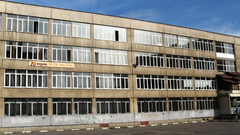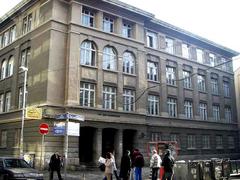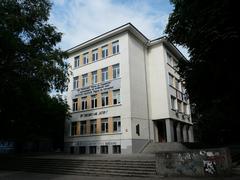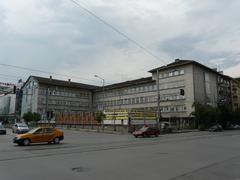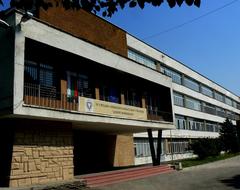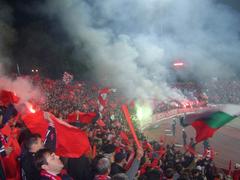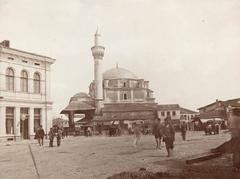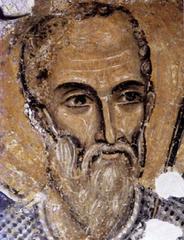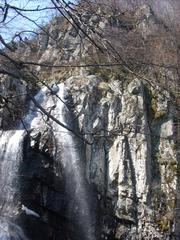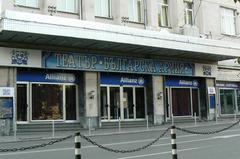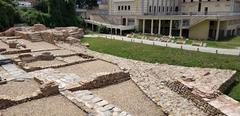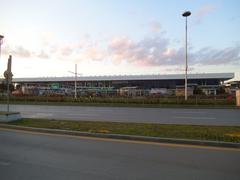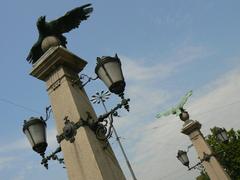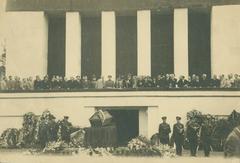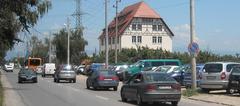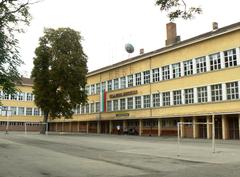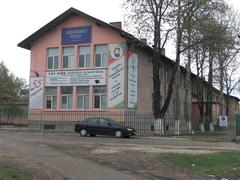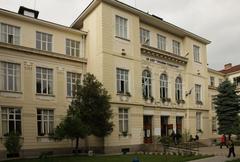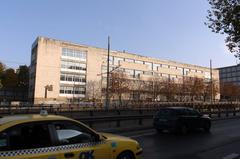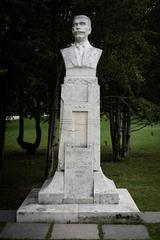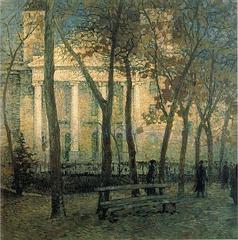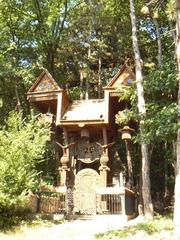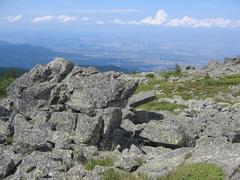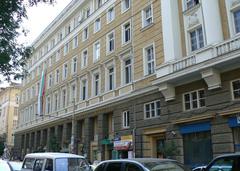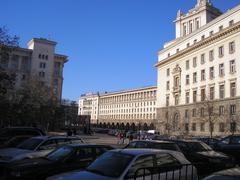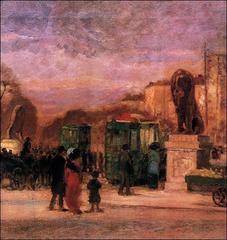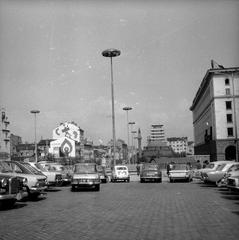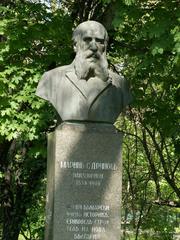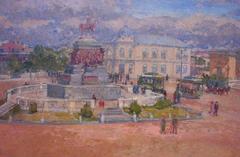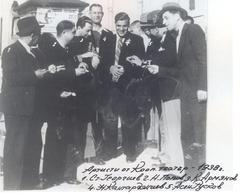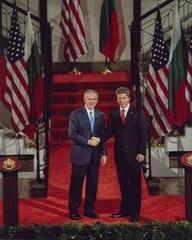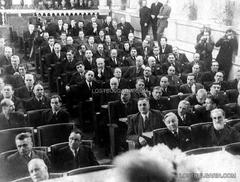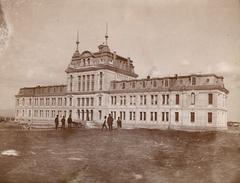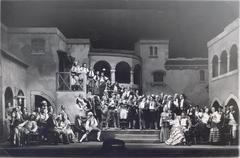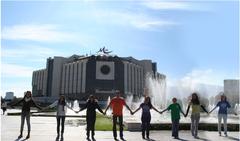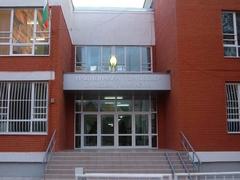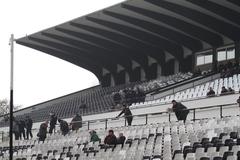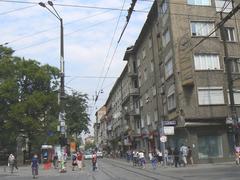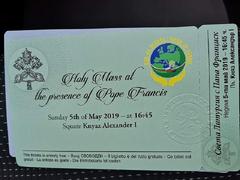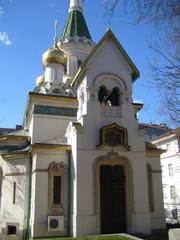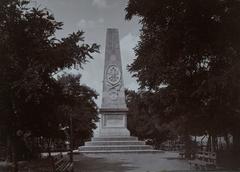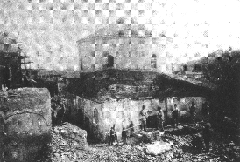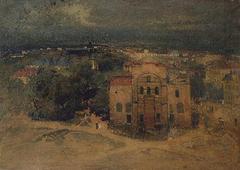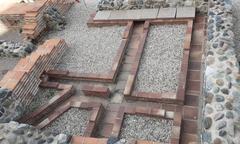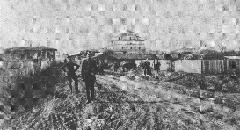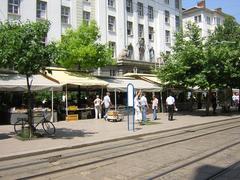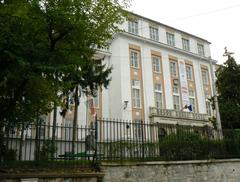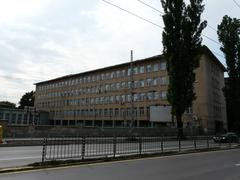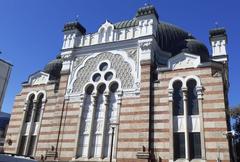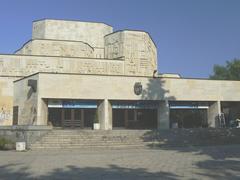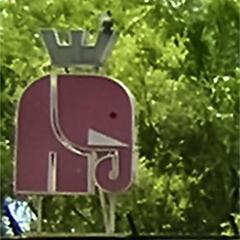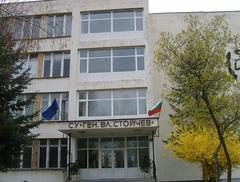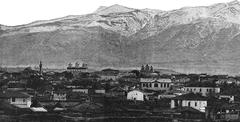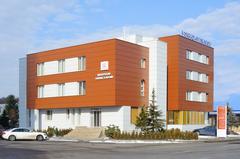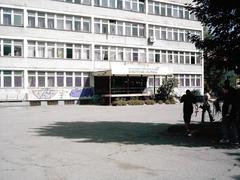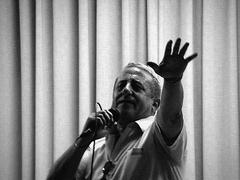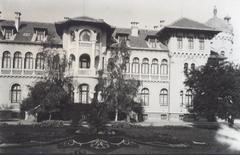Holy Trinity Romanian Church in Sofia, Bulgaria: Visiting Hours, Tickets, and Complete Guide
Date: 04/07/2025
Introduction
The Holy Trinity Romanian Church stands as one of Sofia’s most distinctive religious and cultural landmarks. Serving as a spiritual center for the Romanian Orthodox community, this Neo-Byzantine masterpiece reflects the enduring historical and cultural ties between Romania and Bulgaria. Whether you are interested in religious history, architecture, or intercultural dialogue, the Holy Trinity Romanian Church is a must-visit site in Sofia’s diverse religious landscape.
This guide provides a detailed overview of the church’s history, architectural highlights, visiting hours, ticketing information, accessibility, and practical tips. You will also find recommendations for enhancing your experience and exploring nearby attractions.
Table of Contents
- History and Cultural Significance
- Architectural and Artistic Heritage
- Visiting Hours and Ticket Information
- Accessibility and How to Get There
- Special Events and Guided Tours
- Nearby Attractions
- Dress Code and Visitor Etiquette
- Frequently Asked Questions (FAQ)
- Summary and Recommendations
- References
History and Cultural Significance
Origins and Historical Context
The Holy Trinity Romanian Church was established to meet the spiritual needs of the Romanian community in Sofia during the early 20th century—a time of significant political and social change in the Balkans. Its foundation is closely tied to the Romanian Orthodox Church’s rise to autocephaly in 1885 and its elevation to patriarchal status in 1925, both of which underscored the church’s commitment to spiritual guidance and the preservation of Romanian identity abroad (Orthodox Times).
The church quickly became a hub for Romanian expatriates, diplomats, merchants, and their descendants, offering regular liturgical services, religious education, and cultural events. It also played a vital role in fostering Romanian-Bulgarian dialogue and pan-Orthodox unity in the Balkans.
Role During the 20th Century
Throughout the 20th century, the church remained a sanctuary for the Romanian community, especially during periods of political upheaval and religious repression. It provided spiritual support and preserved cultural identity during adverse times, such as the communist era, and has continued to commemorate the sacrifices of its clergy and laity.
Modern Significance
Today, the Holy Trinity Romanian Church is not only a place of worship but also a center for Romanian cultural preservation, charity initiatives, and intercultural events, especially during major Orthodox feasts and national celebrations.
Architectural and Artistic Heritage
Exterior Features
Designed by prominent architect Friedrich Grünanger, the church exhibits a harmonious blend of Neo-Byzantine and Romanian national architectural elements. Situated at 152 Knyaz Boris I Street, its light-colored stone façade, arched windows, and subtle decorative motifs reflect both Romanian and local artistic traditions (sofia.bg).
Although the original central dome was destroyed during the bombings of 1944, restoration efforts have preserved the church’s bell tower and much of its original character (about-sofia.com).
Interior Highlights
The church’s interior follows the traditional Orthodox basilica layout, featuring a richly carved wooden iconostasis, vibrant frescoes, and patterned tile flooring. Icons painted by Romanian artists and stained-glass windows fill the space with color and spiritual symbolism. The iconostasis, adorned with gold leaf and religious motifs, serves as a visual focal point and a testament to Romanian craftsmanship (Eurotravels by Design; sofia.bg).
Visiting Hours and Ticket Information
- Opening Hours: The church is generally open to visitors Monday through Saturday from 9:00 AM to 6:00 PM, and Sundays from 12:00 PM to 6:00 PM. However, public access may be limited to religious holidays and special occasions; always check the current schedule by calling +359 2 983 3348 or consulting local tourist information (visit.sofia.bg).
- Admission: Entry is free. Donations are welcomed to support ongoing maintenance and community programs.
- Guided Tours: Guided tours are available upon request and often arranged through local tourism centers. For group visits or in-depth tours, contact the church office in advance.
Accessibility and How to Get There
- Address: 152 Knyaz Boris I Street, Sofia, Bulgaria
- Transportation: The church is centrally located and easily accessible via tram, bus, taxi, or on foot from Sofia’s main landmarks. Street parking is available but can be limited.
- Accessibility: There is step-free access at the main entrance and spacious interiors for visitors with limited mobility. However, restroom facilities may not be fully accessible for all disabilities.
Special Events and Guided Tours
- Major Religious Holidays: Easter and Christmas are especially vibrant times to visit, featuring full liturgical services, choral music, and community gatherings.
- Centennial Celebrations: In 2025, the church will host special events marking the centennial of the Romanian Patriarchate, including exhibitions and joint Bulgarian-Romanian liturgies (Orthodox Times).
- Cultural Programs: Throughout the year, the church holds concerts, art exhibitions, and lectures highlighting Romanian history and spirituality.
Nearby Attractions
Combine your visit with other nearby Sofia historical sites:
- Alexander Nevsky Cathedral
- Sofia Synagogue
- St. Nedelya Orthodox Church
- Banya Bashi Mosque
- National Art Gallery
Plenty of cafes, restaurants, and shops are also within walking distance.
Dress Code and Visitor Etiquette
- Dress Modestly: Men should avoid shorts and sleeveless shirts; women are encouraged to cover knees and shoulders. Headscarves are customary for women but not mandatory.
- Silence and Respect: Maintain a quiet atmosphere, especially during services.
- Photography: Permitted outside service times and with permission; avoid using flash and photographing during liturgies.
- Candles: Lighting candles is permitted in designated areas as a devotional act.
- Conduct: Follow local customs—remain respectful, refrain from eating and drinking inside, and switch phones to silent.
Frequently Asked Questions (FAQ)
Q: Is there an entrance fee or ticket?
A: No, entry is free. Donations are appreciated.
Q: When is the church open?
A: Generally Monday to Saturday, 9:00 AM–6:00 PM; Sundays, 12:00 PM–6:00 PM. Access may be limited to special occasions—check schedule in advance.
Q: Are guided tours available?
A: Yes, by prior arrangement with the church or local tourist centers.
Q: Is the church accessible for people with disabilities?
A: Partially—step-free entrance and spacious nave, but restroom facilities may not be fully accessible.
Q: Can I take photos inside?
A: Yes, outside service times and with permission.
Q: What is the language of services?
A: Primarily Romanian, with some Bulgarian and occasional English.
Summary and Recommendations
The Holy Trinity Romanian Church in Sofia offers visitors a unique blend of religious, architectural, and cultural experiences. Its Neo-Byzantine design, rich interior decoration, and vibrant community life make it a highlight among Sofia historical sites. Free entry, accessible location, and opportunities to witness special events or guided tours enhance its appeal.
Tips for Your Visit:
- Confirm opening hours before arrival.
- Dress appropriately for an Orthodox church.
- Attend a service or concert for a deeper experience.
- Explore nearby landmarks to enrich your cultural itinerary.
- Consider a donation to support the church’s preservation.
For up-to-date information, download the Audiala app or consult the Official Sofia Tourism Portal.
References
- Orthodox Times: Holy Synod Declares 2025 as Solemn Year of the Centennial of the Romanian Patriarchate
- Eurotravels by Design: The Beautiful Churches and Monasteries of Romania
- Sofia.bg: Romanian Church of the Holy Trinity
- Visit Sofia: Romanian Orthodox Church of the Holy Trinity
- Travels Helper: Holy Trinity Romanian Orthodox Church
